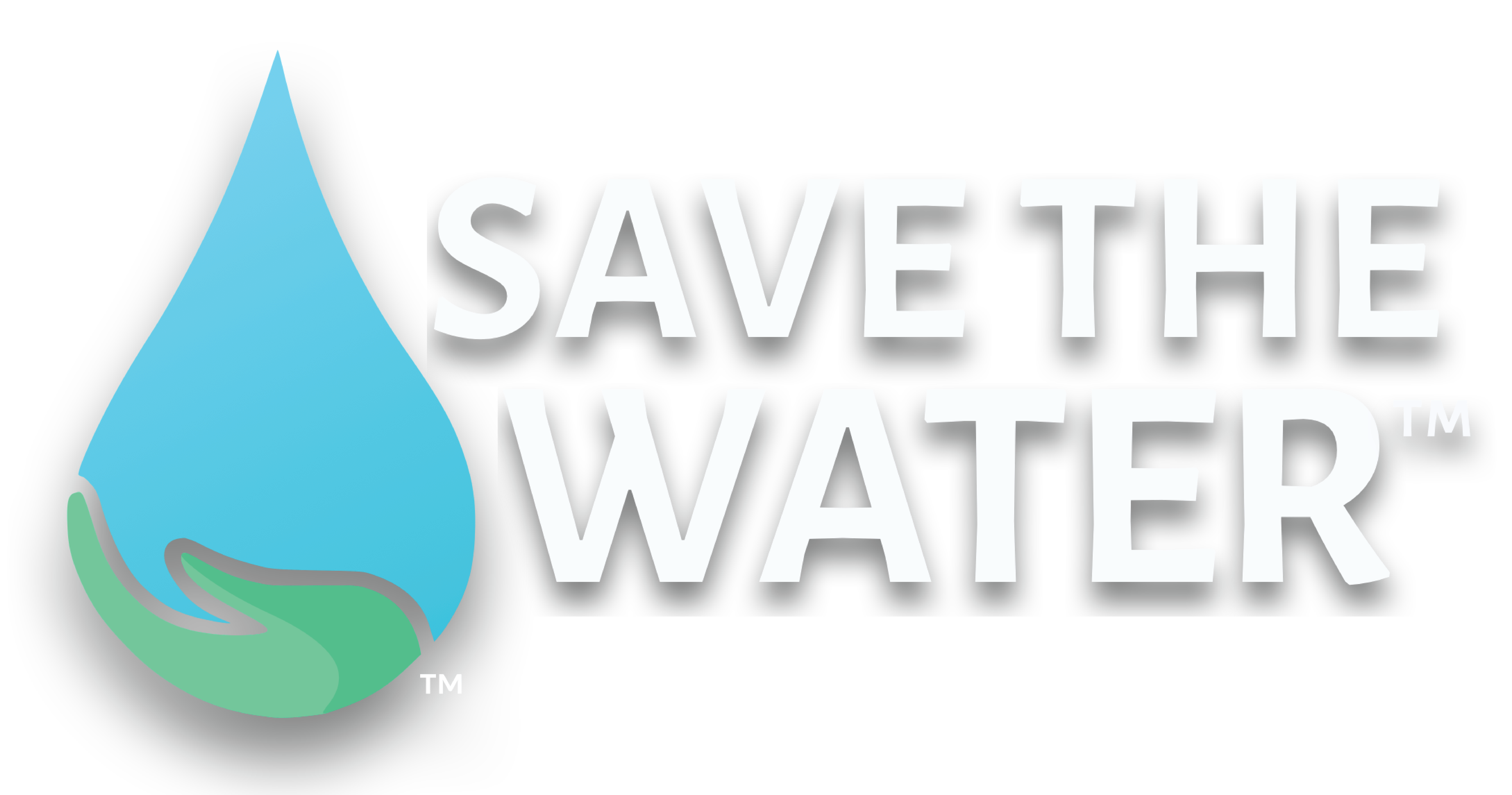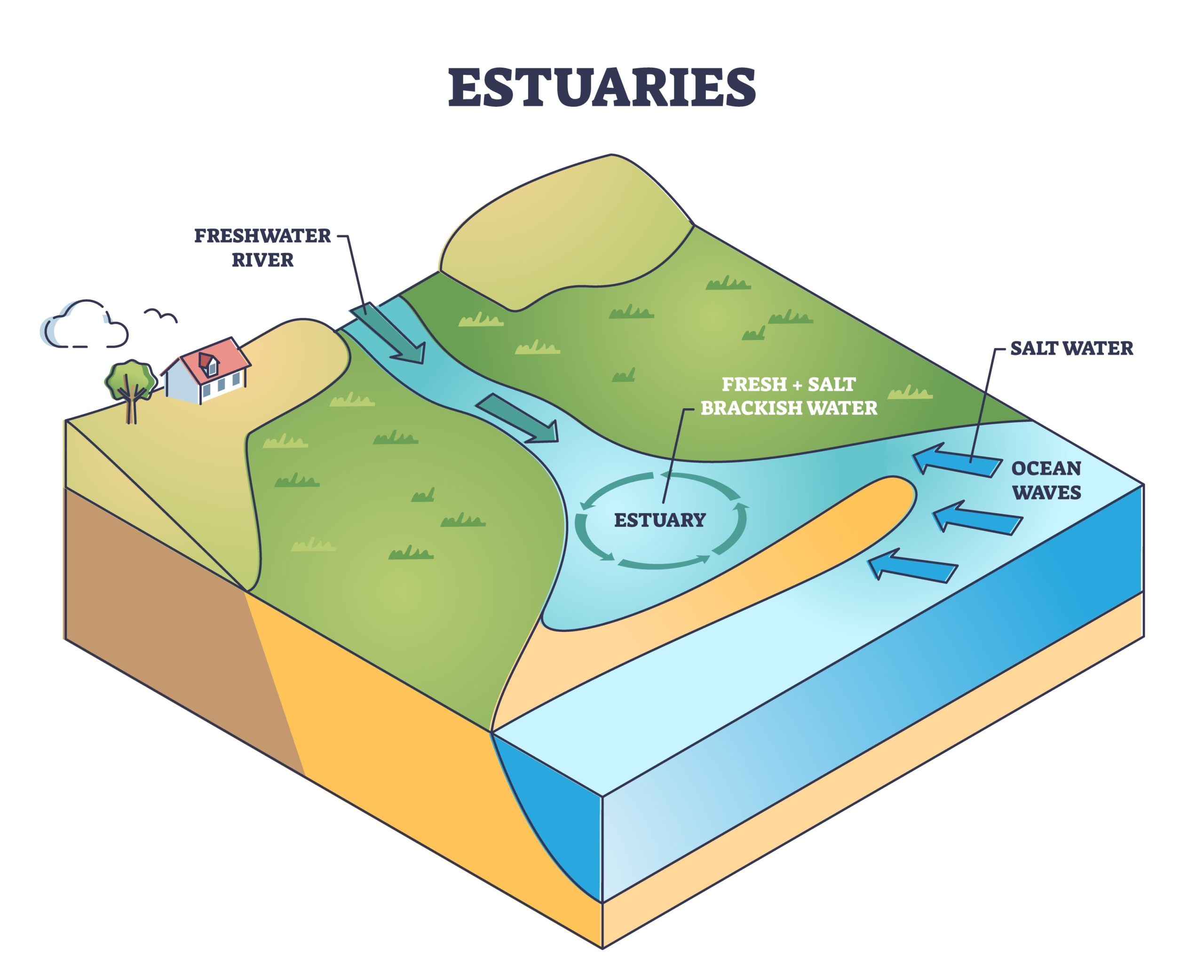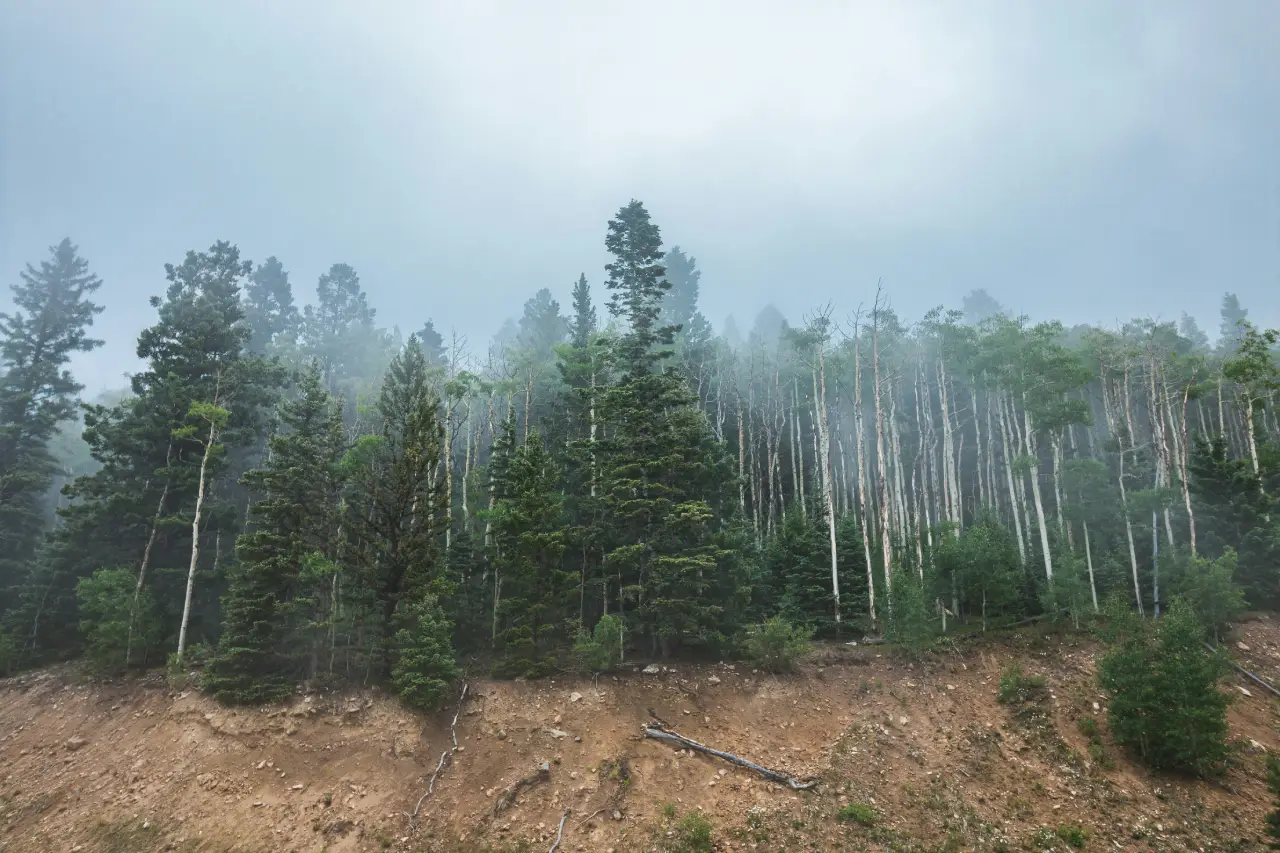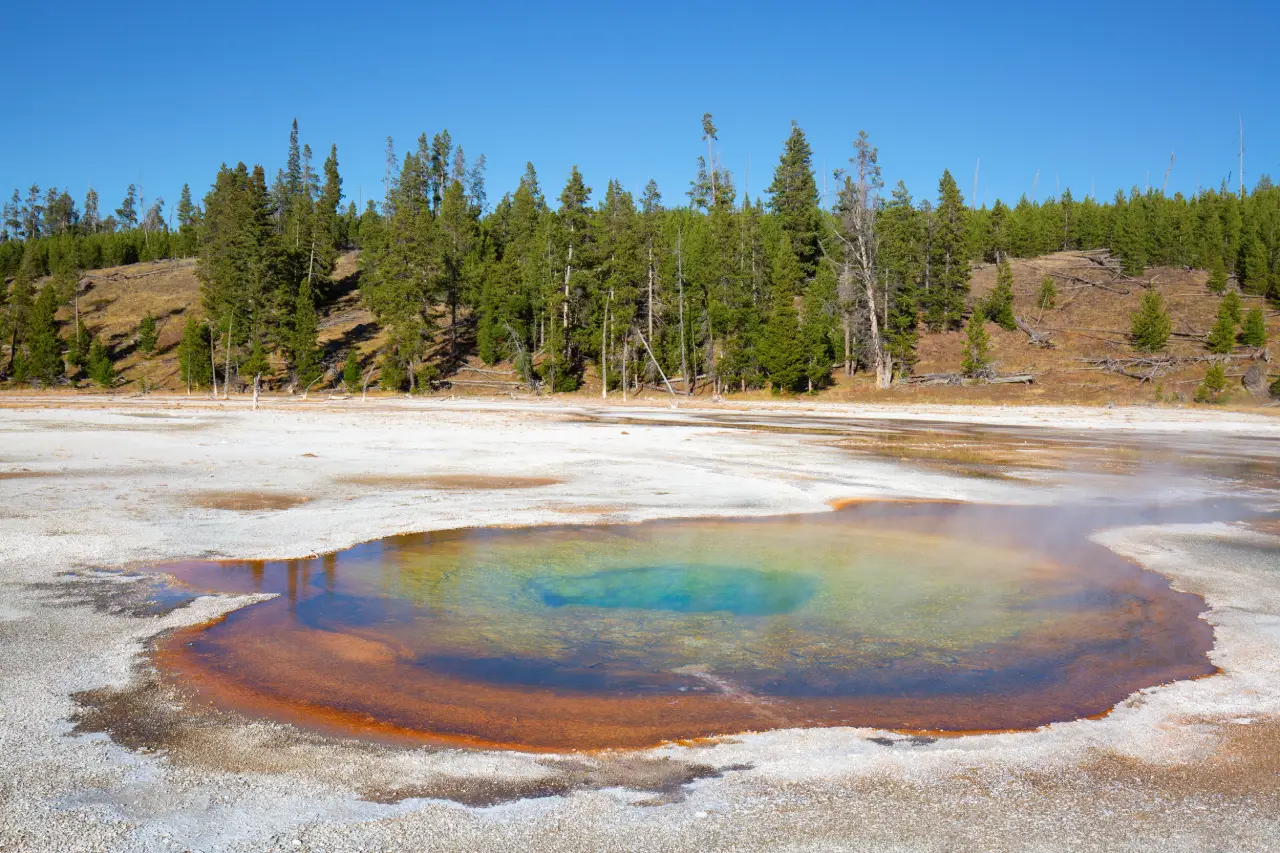Wetlands are natural water filters!
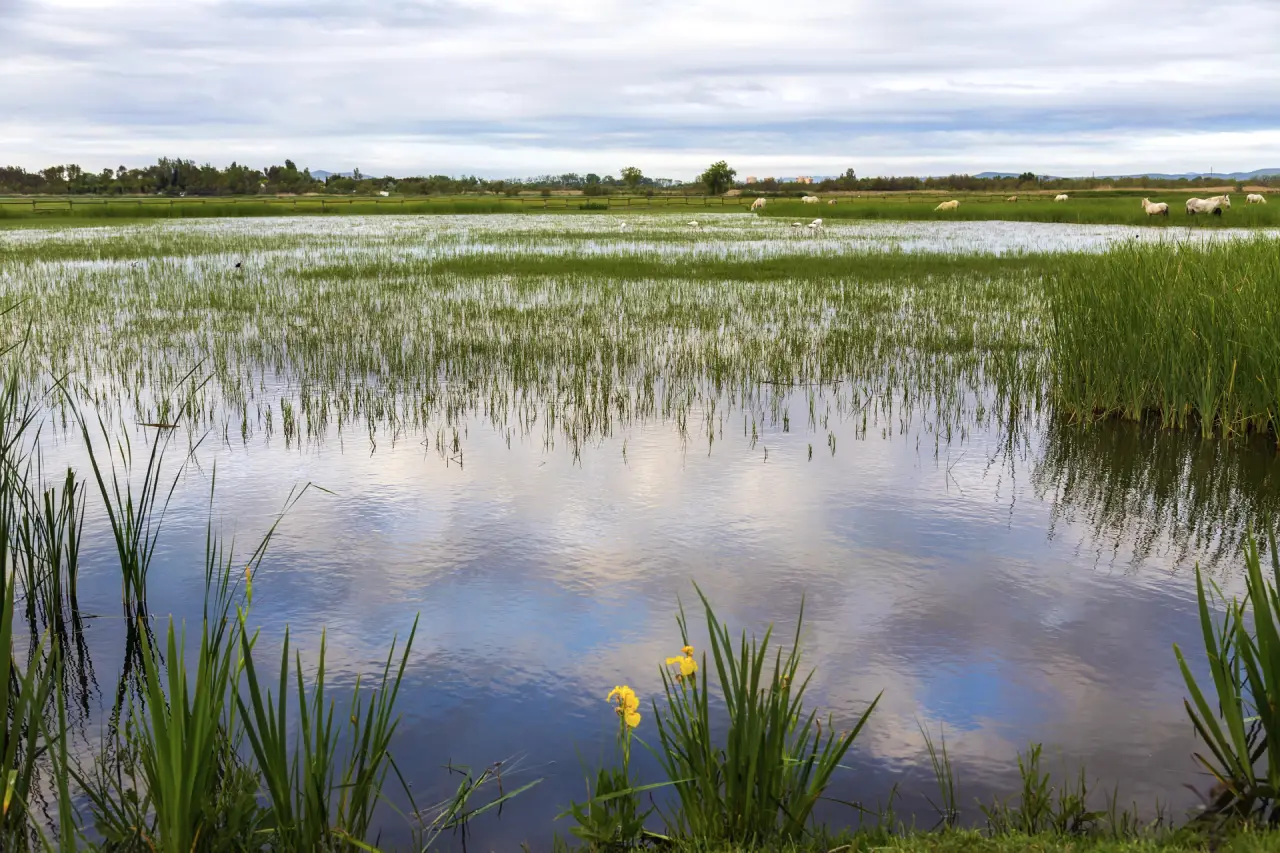
Wetlands exist where water covers the soil or is near the soil’s surface year-round or part of the year (including the growing season). There are different types of wetlands depending on their location, the local climate, and the chemistry of the water.
Marshes, for example, are located inland with freshwater or at the coast in brackish water, where the water is more saline. Grasses and non-woody vegetation exist in marshes. Swamps consist of trees like the cypress and mangrove. Bogs, on the other hand, are acidic and are mostly habitats for moss and fungi.
Similar to the way a carbon filter works in a faucet, as water moves downward through rock and soil, impurities and pollutants are removed. All wetlands slow down the flow of water, causing it to seep into the ground, move through the soil, and often refill underground aquifers. This slow movement also allows plants to absorb nutrients from the water, preventing eutrophication, or excessive richness of nutrients, in lakes and coastal areas.
Sediment in the water also dissolves, becoming part of the soil in the wetland. This causes the water that flows through the wetland to be less murky and turbid. Wetlands are important ecosystems that preserve water quality for humans and the environment.

